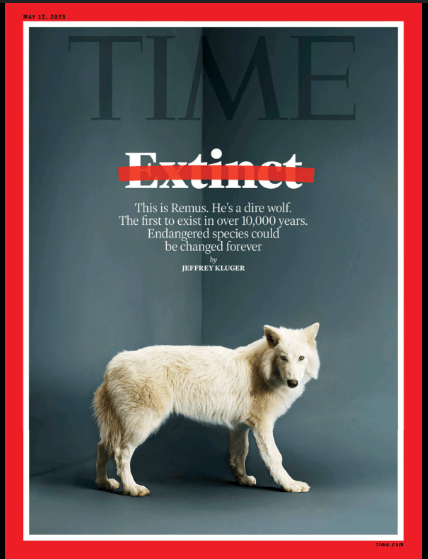Colossal Biosciences 'Resurrects' the Long-Extinct Dire Wolf: A New Era for De-Extinction and Conservation? In…
Pet DNA Profiling

DNA Profiling: What is it and why do owners do it?
In every individual’s DNA, there are specific patterns existing across many genes that can be used to identify them. Certain genes have been identified that have very unique expressions in different individuals and by grouping together a pool of these genes, a complete DNA profile can be established.
The International Society for Animal Genetics (ISAG) developed a standardised test for DNA profiling for dogs in 2020 and their panel is widely used across the UK and the world. The panel tests the dog’s DNA on over 220 single nucleotide polymorphisms (SNPs). SNPs are variations in the DNA that only affect one specific location each. This makes them easy to recognise and identify as they are not complex variations whose effects can be harder to interpret.
DNA Profiling can also be done by using short tandem repeats (STRs). STRs are variations in the number of repeats found in a small sequence of DNA, usually between 2 and 7 copies of the base. Just like SNP DNA profiling, can be used to create a unique DNA fingerprint of an animal and the ISAG proposed a standardised STR DNA profiling panel in 2014 with 18 markers that can be used to identify any dog.
The information contained in the DNA profile is not used to determine any specific trait that the animal carries such as breed, colour or disease susceptibilities – it is solely used to create a specific pattern of variations that is unique to the animal it belongs to.
Essentially, this DNA fingerprint acts as a passport that can be used to confirm parentage or to identify a dog. The advantage of using a DNA profile is that the dog’s DNA will remain the same throughout their life so this snapshot will provide an accurate identification of the dog that cannot be damaged or destroyed. This information can be used in a variety of ways such as proving and recording parentage or pedigree, registering a dog with a certain society or studbook. Crucially, it can also be used to identify dogs that have been stolen so they can be safely returned.
When it comes to cloning, DNA profiling is a good tool to establish the markers present in the original dog that are passed on to the clone. Clones will retain all of the sane genetic information from the original animal – small differences between them such as colour markings or behaviour can be attributed to epigenetic or environmental factors.
Here at Gemini Genetics, we can (recommend/facilitate/obtain?) DNA profiling for the animal that you are preserving with us via Animal Genetics – a leading company in their field.
For more information on our genetic preservation services for cats, dogs and horses, visit our new company brochure here.



